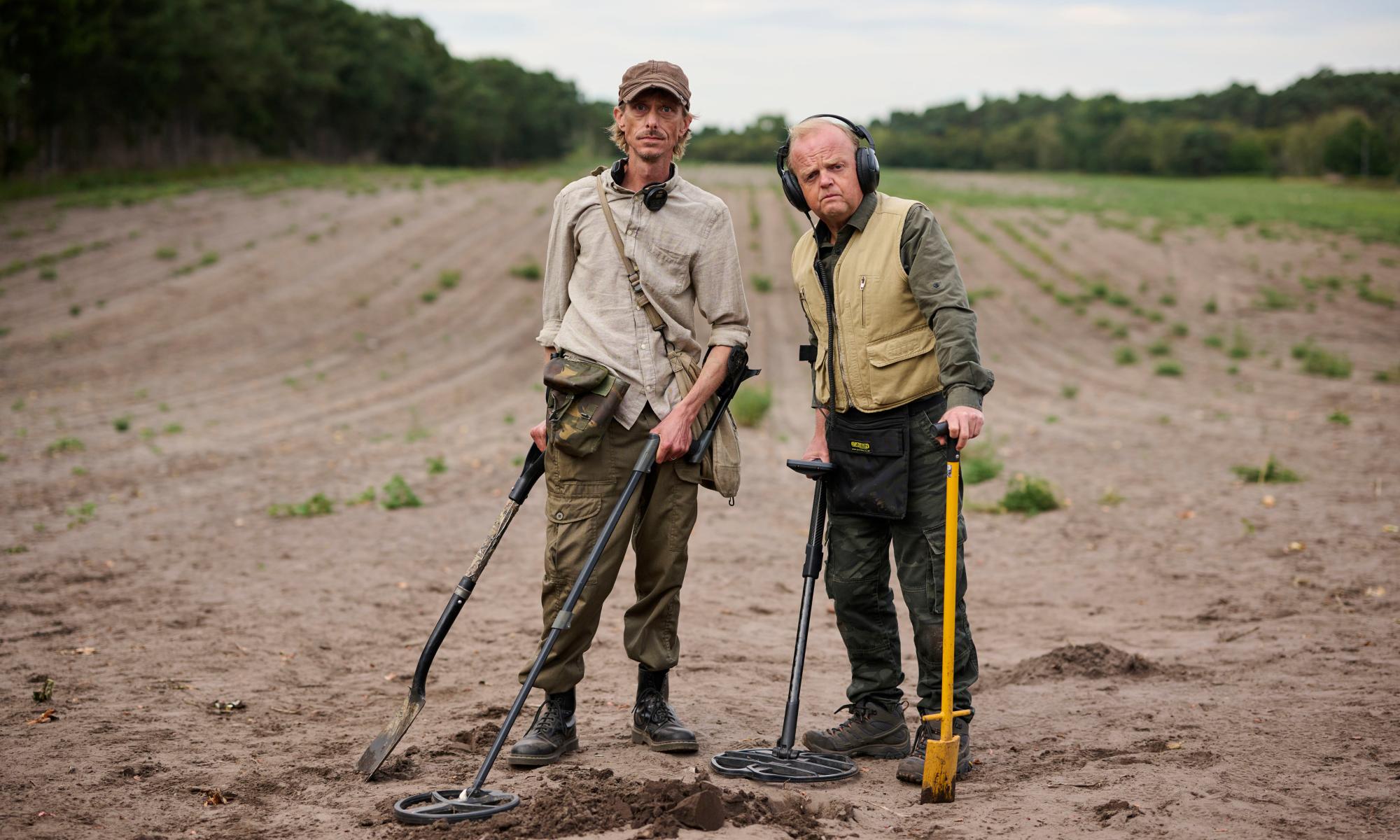
. Toby Jones and Mackenzie Crook wander Suffolk’s fields, making the case for all of us to take up metal detecting as they enjoy the (implausibly) sun-soaked hills and discover the occasional Roman coin.
It’s a hobby that helps us understand the past, not just enjoy the present. Historians put ancient coins to good use, but economists are always interested in money. Creative ones can bring methods developed for modern data to bear on these ancient hoards.
, exploiting records of 514,349 coins deposited between AD325 and AD950 across Europe, the Middle East and north Africa.
Crucially, the data covers where the coins were found but also where they were minted, offering insights into trade patterns. They put that to good use to explore “the end of antiquity”, when Roman and Greek Mediterranean civilisations declined and the centre of European gravity moved north and west.
Patterns of coin exchange show it isn’t the 5th-century collapse of the western Roman empire that reset trade. Roman coins kept flowing east to west and north to south across the Mediterranean. More important was the 7th- and 8th-century Arab conquests of the Maghreb and Iberia, creating a major trade barrier. From then on, we see coins flows running east-west among Islamic states, and far less traditional north-south trade across the sea (Christian/Islamic coin flows were, however, evident between Iberia and northern Europe).
As Byzantium declined (with consumption falls of perhaps 50%) and Italy stagnated, European economic strength shifted north with urbanisation and consumption rising in today’s France and Germany. Political power followed, with the emergence of the Frankish emperor Charlemagne at the end of the 8th century.
Fascinating research. And another reason to get your detectors out.
Great Britain? How We Get Our Future Back


Post a Comment
0Comments